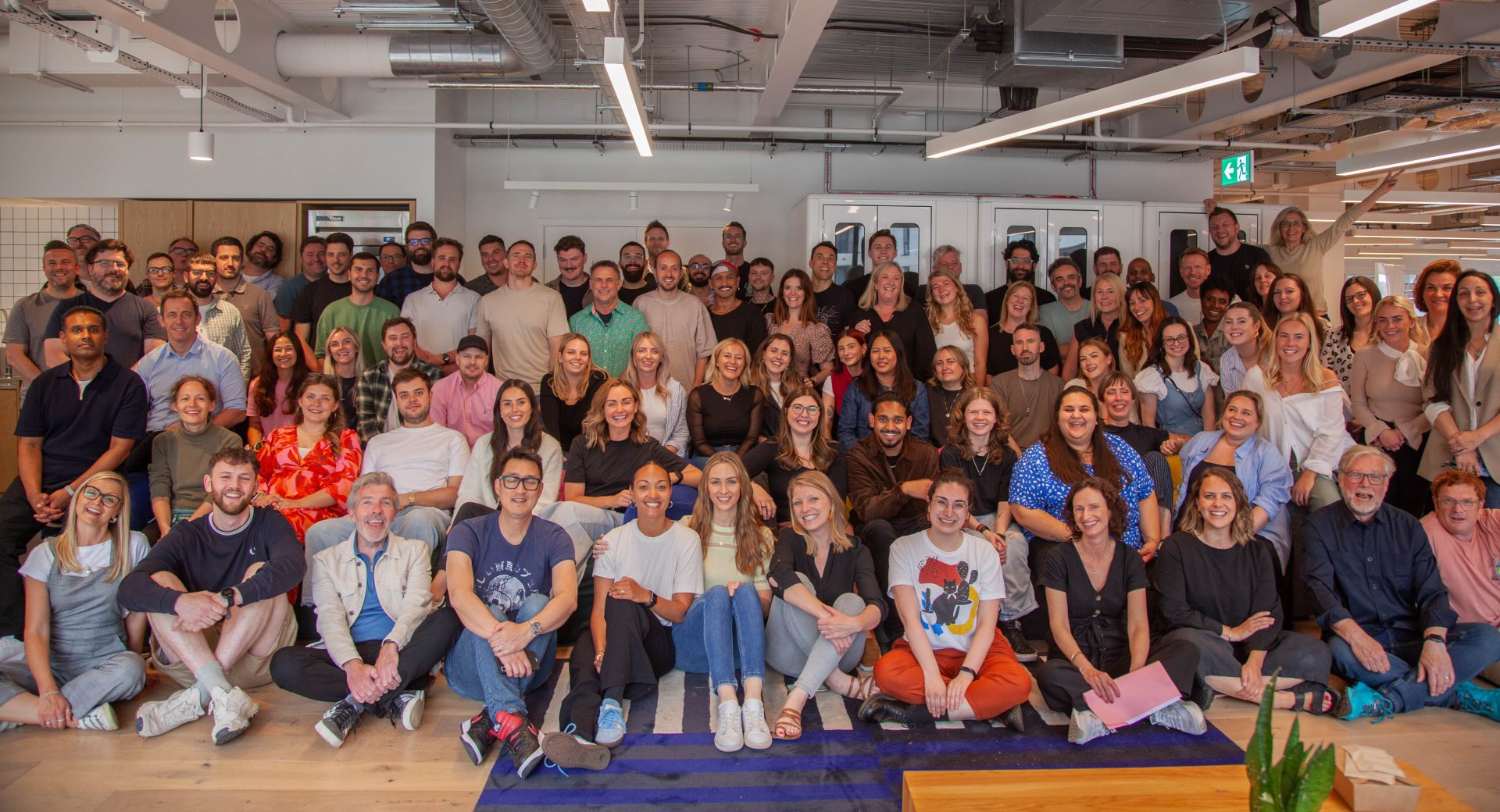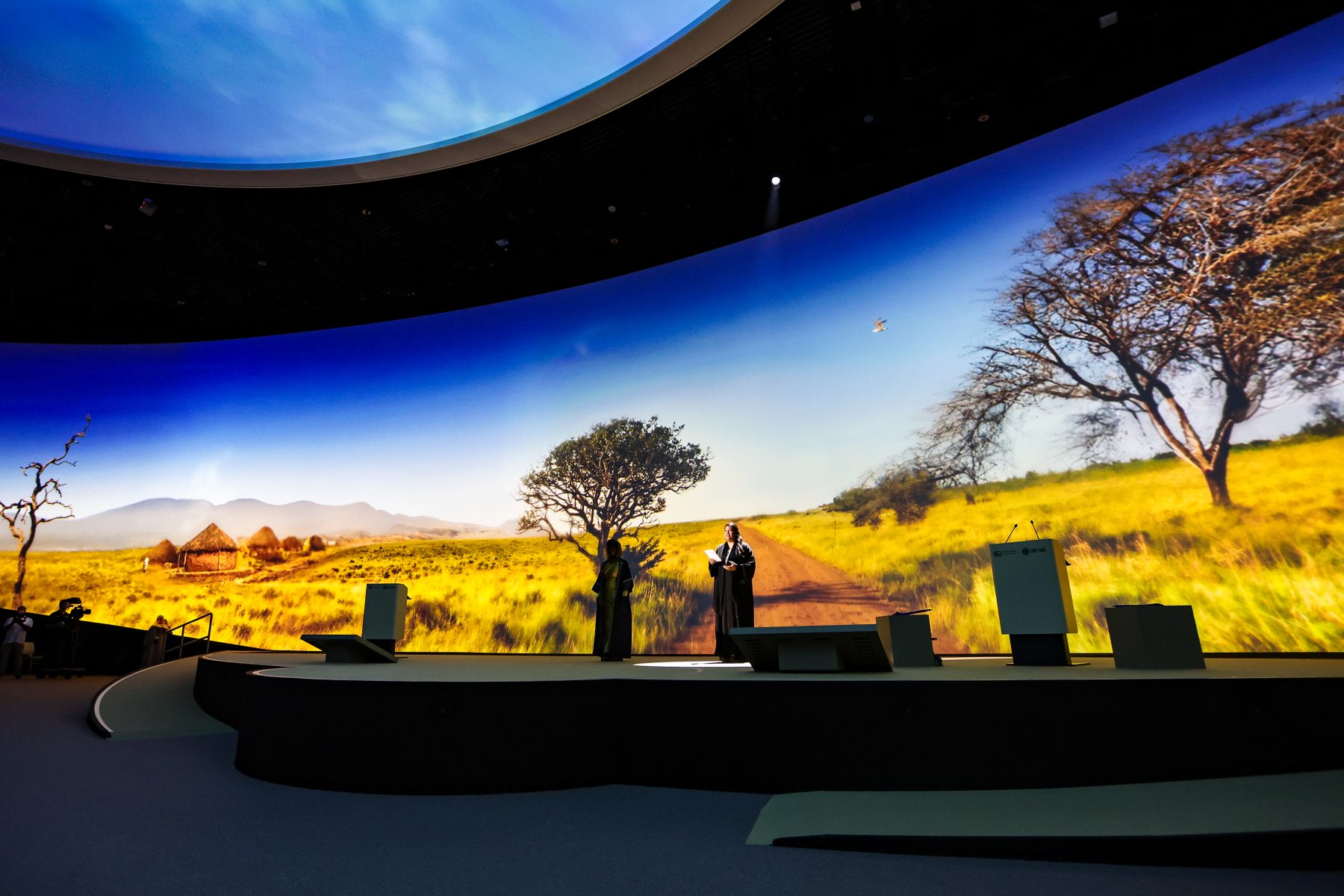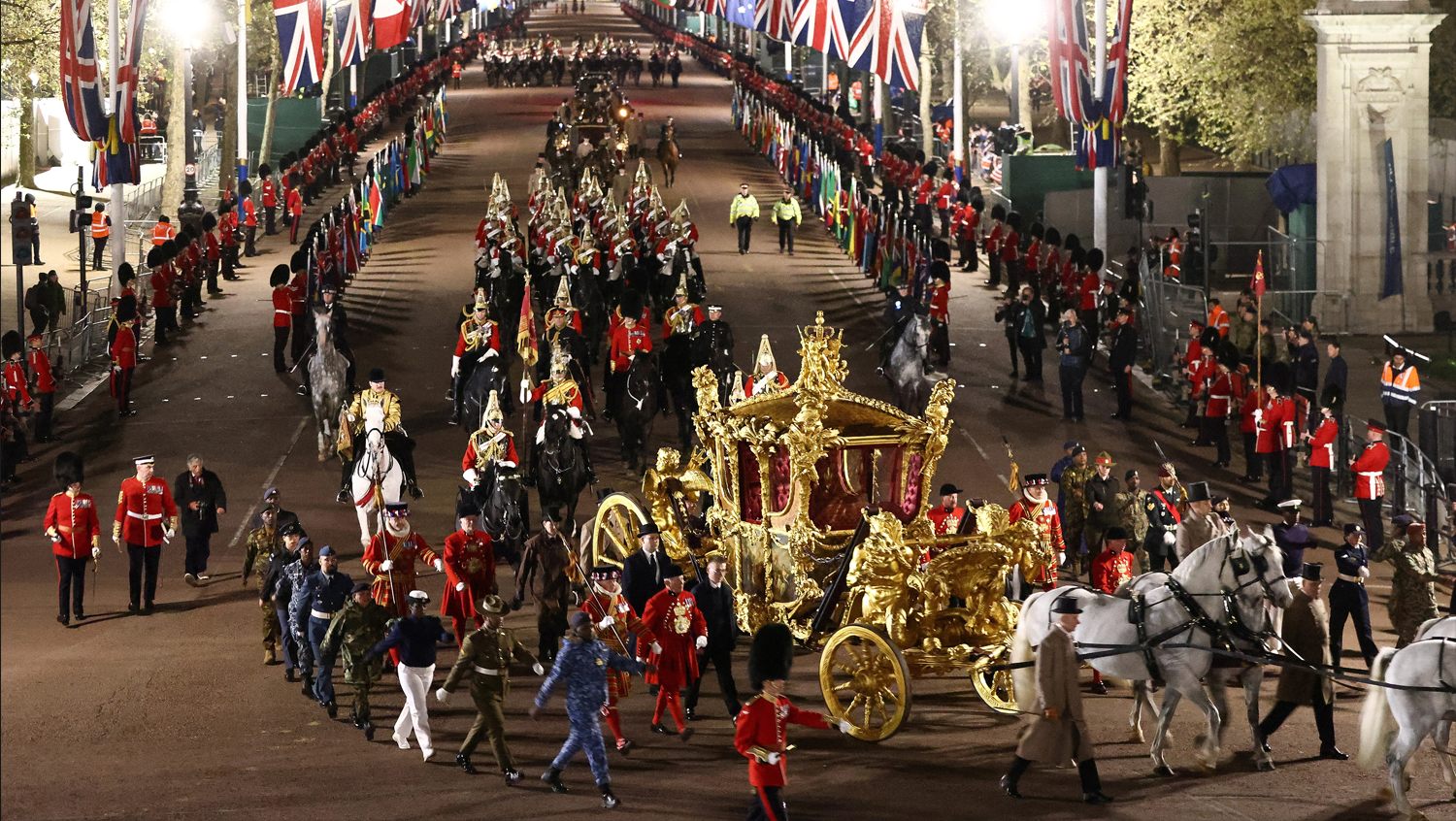The hybrid event opportunity: delivering a unified and inclusive experience

The Sree Ramanavami Global Music Festival. Not the usual place to start a blog, but its recent endeavours help bring to life why a growing number of events are turning ‘hybrid’. For this cultural institution, they faced an enormous challenge caused by the global pandemic: the daily audience of 6,000 would have to be cut to just 500. This is despite still having around 400 performances from many leading lights in the Indian classical music scene.
The answer: adopt a hybrid approach and live-stream every session.
It’s a scenario with which many organisations and businesses can identify. Hence the growing interest in delivering hybrid events that combine the physical and the digital. Particularly in the UK, where event organisers have long been conscious of virtual events’ cost, convenience, and sustainability benefits.
The challenge, of course, is in making such events appealing. Logging into an experience that is a pale shade of the real thing can hardly be expected to capture an audience’s imagination. So what can be done?
Setting boundaries
The primary success criteria for hybrid events are, unsurprisingly, identical to those of any event – be they digital or in-person:
- Inspire conversations, and provide a forum for sharing information
- Engage audiences through an experience that is both memorable and meaningful
- Build human connections with attendees to learn, discover, question, network, and connect
That said, the thinking and planning behind them can often be tainted by the traditional distinction between the physical and the virtual. This, in turn, can lead to the creation of two distinct experiences, based on perceived audience expectations and behaviours as much as on practical limitations.
Five guiding principles
A good (and by that, we mean really good) hybrid event carries no artificial separation. Nor are they based on the overlap, with limited common ground used to create the veneer of a unified experience – but where the lion’s share of the event is still ‘either/or’.
Instead, our guiding philosophy is ‘better together’ where hybrid is designed into the core of an event from the beginning to create one unified experience.
An ambition built on five core principles:
- Entwined worlds: where attendees receive experiences that are as close to identical as possible, irrespective of whether they’re online or in-person
- Shared experiences: with content, insight, and information flowing effortlessly between both worlds
- A single platform: connecting in-person and virtual attendees in one inclusive experience
- Woven content: where everything from presentations to stage format is aligned to hybrid needs
- One community: where we prioritise every audience member to foster deeper human engagement
Embracing potential
Delivering a collective experience as close to identical as possible is crucial for creating a complementary relationship between online and in-person vantage points. Indeed, what can often happen is the two modes of event participation begin to feed off each other.
For example, a business can send one or two delegates to represent a wider team, extending networks and relationships along the way (with the remaining members participating online). They can also create ‘sideways activity’, for example, in-person delegates arranging live meetings with other attendees, customers, speakers etc, in video-conferencing pods that allow the remote team to get involved.
In addition, extending and enriching the overall experience is vital for overcoming the challenges posed by hybrid events. Where a standard list of concerns will usually include:
- A lack of social interactions and networking opportunities that come with any digital channel
- The complexities of ‘following the sun’ and running events across multiple time zones
- Technical issues for audiences seeking digital access (particularly high-speed internet access)
- ‘Screen fatigue’ caused by delegates being locked to a screen for hours at a time
Such problems exist, of course, within any digital event. Yet it’s also essential to note that they’ve drawn a response. Today’s tool kit available to event organisers has grown to include features such as live, on-screen captions, Computer Aided Real-Time Transcription (CART), and American Sign Language (ASL) interpretations.
The inclusive option
Hybrid events help provide access to participants with disabilities and non-native English speakers. It also highlights one of the critical takeaways of hybrid events: their ability to foster a comprehensively diverse and highly inclusive event experience.
At Identity, we can do this confidently, having delivered one of the world’s largest and highly accessible hybrid events ever: the 26th UN Climate Change Conference (COP26). To assess the results achieved here, the numbers speak for themselves:
- The event’s platform was used by 13,744 distinct users
- There were 5,000+ unique attendees to virtual meetings
- Average session time was 63 minutes
- All side events were streamed to YouTube for the first time and enjoyed 105,176 views
- Our digital team handled 24,552 slack messages sent during the live event and 130,606 in total
Summing it all up
Hybrid and virtual events offer a highly inventive option for an uncertain world. At Identity, we continue to enhance our hybrid offering, emphasising inspiring meaningful engagement through pioneering human experiences. Our goal is to help organisations connect with audiences in the most inclusive and sustainable ways possible, and we’ve got a great story to tell.
To find out what’s possible, please get in touch.







